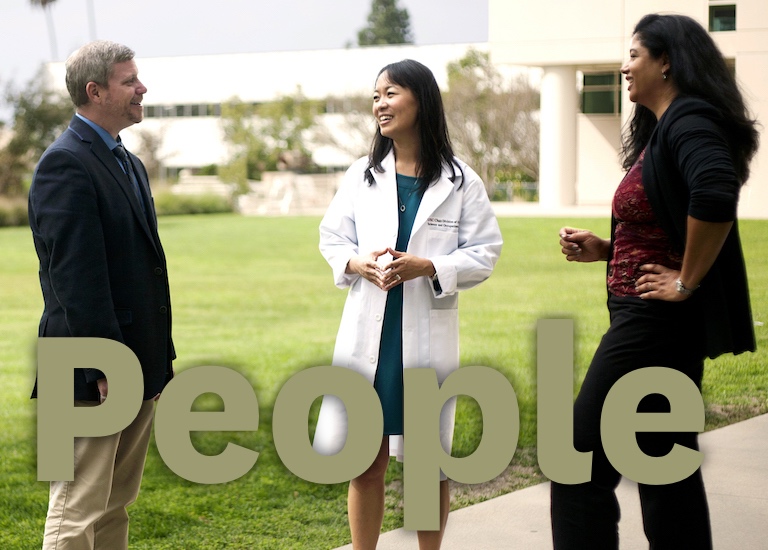Emily Sopkin OTD, OTR/L
Assistant Professor of Clinical Occupational Therapy
CHP 100E
(323) 442-2878
.(JavaScript must be enabled to view this email address)
Emily Sopkin received her Bachelor of Arts in Psychology from California State University, Fullerton, and both her Master of Arts and Doctorate of Occupational Therapy degrees from the University of Southern California. She also completed the USC Chan Sensory Integration Continuing Education Certificate Program in 2017. Dr. Sopkin studied community programming for individuals with autism during her doctoral residency with USC Chan’s autism initiative, and continues to consult with local museums on ways of expanding their access and inclusivity efforts. Additional interests include the role of creative and performing arts in occupational therapy practice. Currently, Dr. Sopkin is facilitating the development, implementation and monitoring of the USC Chan 2019-2023 Strategic Plan.
Education
Doctorate of Occupational Therapy (OTD)
2017 | University of Southern California
Master of Arts (MA)
in Occupational Therapy
2016 | University of Southern California
Bachelor of Arts (BA)
in Psychology
2012 | California State University, Fullerton
Selected Publications
Sopkin, E., Teague, L., Gluck, S., Koenke, B., & Baranek, G. T. (2025). Occupational therapists’ perspectives on screening for autism in early intervention. Journal of Occupational Therapy, Schools, & Early Intervention. Advance online publication. https://doi.org/10.1080/19411243.2025.2455623 Show abstract
Early signs of autism can be identified in children as young as 6–9 months; however, screening tools to identify characteristics of autism in young children are underutilized by pediatricians. This qualitative study aimed to 1) understand the role of occupational therapists (OTs) in early intervention teams when identifying and intervening with infants and toddlers demonstrating early markers of autism, and 2) determine the readiness and capability of OTs within early intervention to utilize autism screening tools in practice. Two semi-structured 90-minute focus groups were conducted with 13 OTs with current or past work experience in early intervention settings across Los Angeles, California. Participants expressed pride in their versatile role on early intervention teams; however, they had mixed feelings about the value of formal autism screening. Even when they were confident about their ability to detect early autism signs, participants cited numerous barriers related to knowledge of screening, stigma related to autism, and reliance on other providers such as pediatricians. These qualitative findings illuminate a need for mitigating expressed barriers to service delivery, bolstering education on screening procedures, and capitalizing on the adaptability of OTs in early intervention practice in order to advance the role of OTs in initiating the early autism screening process.
Keywords. Early intervention; screening; autism; occupational therapy; practitioner perspectives
Campi, E., Sideris, J., Holland, C., Sopkin, E., Chen, Y.-J., Choi, E., Agostine, S., Bristol, S., Dallman, A., Wiles, A., Watson, L., Crais, E., & Baranek, G. (2020). Caregiver stress & the association between clinically observed and caregiver-reported sensory responsiveness. American Journal of Occupational Therapy, 74(4_Supplement_1), 7411505245. https://doi.org/10.5014/ajot.2020.74S1-PO9209 Show abstract
Sensory-processing challenges are measured by caregiver report and clinician observation and affect many people with autism spectrum disorder and their caregivers. It is unclear how caregiver stress influences the correlation between scores on caregiver reports and observational measures. The present analysis explored correlations between two formats of tools to assess sensory processing and indicated that caregiver stress moderates the association between sensory-seeking scores on the measures.
In Chan News
December 20, 2019
How a relaxed performance of “A Christmas Carol” was made possible with guidance from USC Chan occupational therapist.






